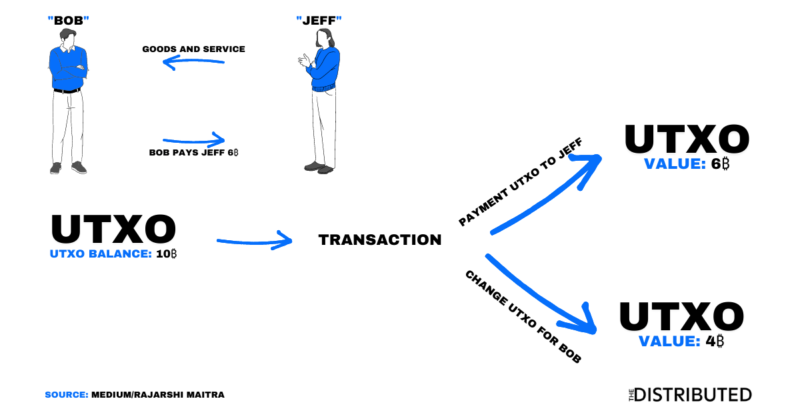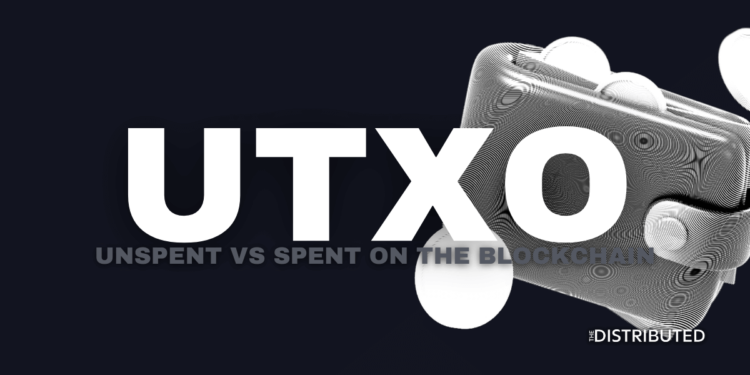What Is Unspent Transaction Output (UTXO)?
Within the world of blockchain, when users transact their cryptocurrencies there are inputs and outputs. Inputs are unspent outputs from a previous transaction.[1]Cardano Docs – Understanding The Extended UTXO Model
The Unspent Transaction Output (UTXO) model defines the amount of cryptocurrency that is left after a transaction takes place.
Bitcoin is the most popular example using the UTXO model. When you purchase Bitcoin, every separate transaction is stored as you bought it, coins do not technically stack up like they appear to do in your wallet. When you send these coins, it doesn’t usually send the exact amount needed, it will send all previous UTXOs and send you back the remainder which wasn’t a part of the transaction as a new UTXO.
This model defines the wealth of a wallet through the sum of all UTXOs from previous transactions. The more UTXOs used as inputs in a transaction the more computational power is needed and the more expensive it is to confirm the transaction due to larger block sizes.

What Does Spent Mean In Blockchain?
When an output is used as an input in a transaction it becomes spent this prevents double-spending. The output is labeled as spent if and when it is used as an input in a different transaction.
Nodes will check the transaction for its validity to see if a transaction is labeled as spent, this means coins can only be used as an input once before a new UTXO is created.
What Does Unspent Mean In Blockchain?
Unspent means that a new transaction input hasn’t been added to reference the previous transaction output. Unspent coins/tokens just haven’t been used yet – when coins are unspent this means they can still be used in future transactions.
References



